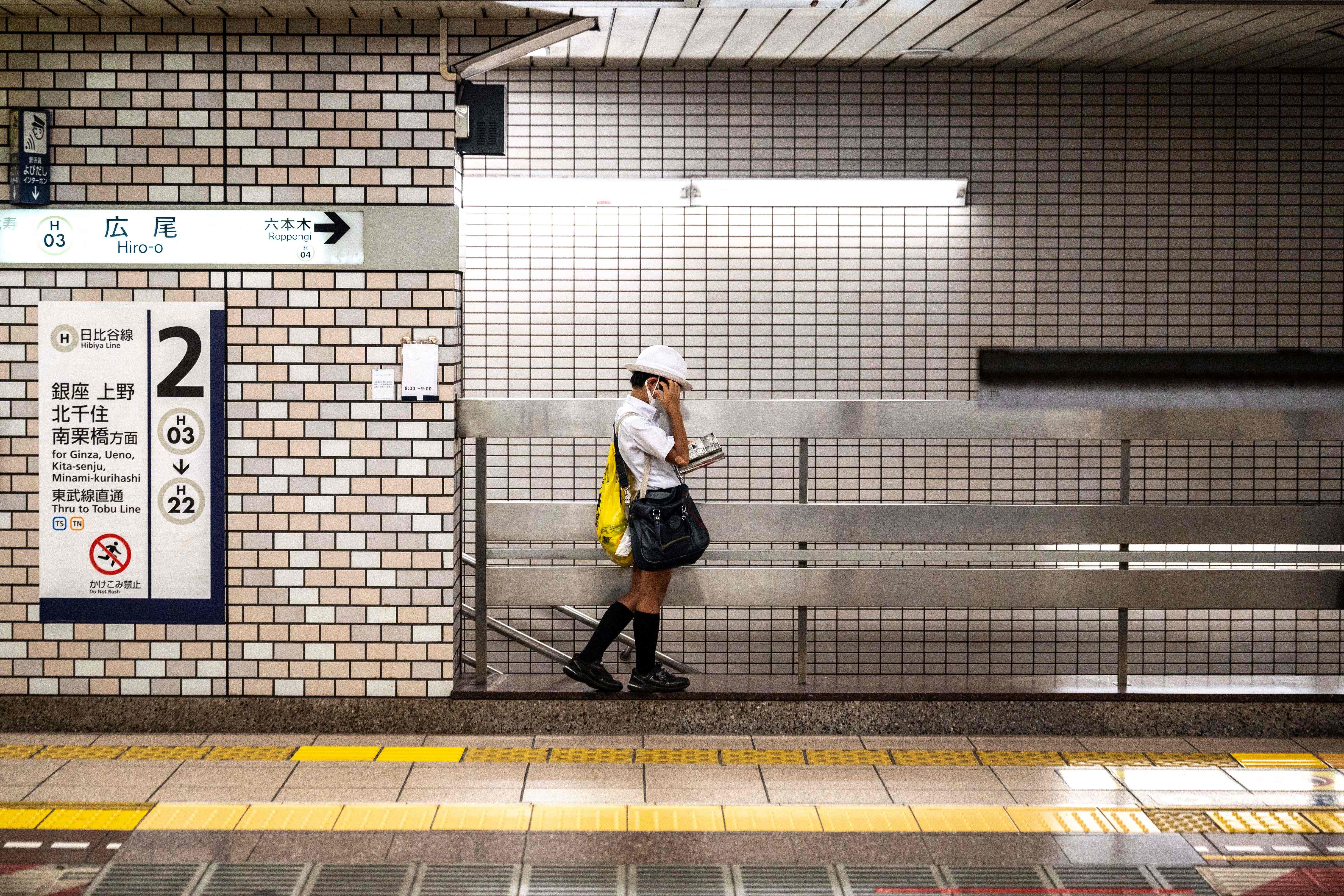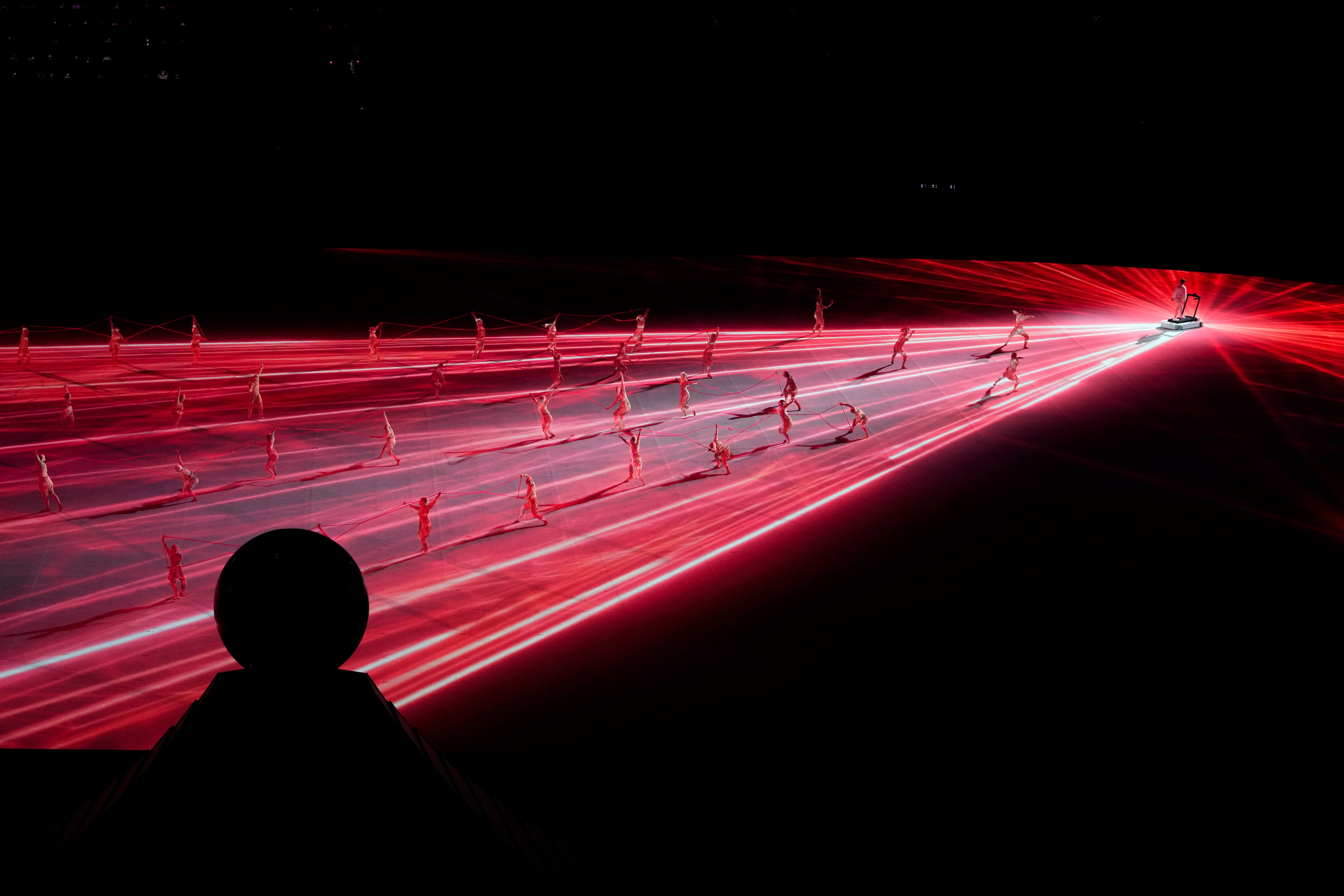The culture games: How the Japan Olympics are about manga and anime as much as sport
The Olympics are proving a showcase for Japanese contemporary culture, reports John Amari in Tokyo

The current Olympics, like all, has been a showcase of some of the world’s leading athletes. But many may have missed another key feature of the Games - a platform sampling some of the most iconic elements of popular Japanese culture.
During the opening ceremony, organisers ensured that viewers enjoyed the best of modern Japan, especially elements from video games, manga and anime, as well as Japanese pop music (J-pop) and design.
Led by Greece, the parade of athletes began with triumphant orchestral music from “Roto’s Theme”, a song from Japanese role-playing videogame (RPG) Dragon Quest, which is played on the Nintendo DS console.
On hearing the song, a fan on YouTube noted: “I literally cried when I heard this play at the beginning and end of the countries’ parade. Such an underrated franchise!” Another said: “Japan’s second national anthem!”
And that was just the start. Next up was “Victory Fanfare”, an upbeat tune from Final Fantasy, a science fantasy RPG released on a number of platforms.
Not to be outdone, “Sorey’s Theme: The Shepherd”, a swashbuckling song from the Tales of Zestiria RPG, which was released for the PlayStation console, accompanied more athletes as they paraded onto the stadium.
The British team was among the nations that walked out to “Star Light Zone”, a snappy melody from fan favourite Sonic the Hedgehog, a videogame franchise created by Sega.
On hearing the song, one person on YouTube wrote: “When I was watching the Olympics and I heard this, I thought I was going crazy.”
It transpired that the first hour or so of the opening ceremony was accompanied by 19 soundtracks from some of Japan’s most loved videogames and anime franchises.
But it was not just videogames and anime soundtracks that took centre stage; other elements of Japanese popular culture, including manga, J-pop, and Japanese design could be enjoyed.
Keen-eyed viewers noticed that each placard with a country’s name inscribed on it was designed in the style of manga speech bubbles and the dress of each placard holder, too, had elements of manga design embedded in it.

Manga is a form of Japanese comic and one of the most popular forms of art in Japan. Many Japanese people study the art form from early childhood.
Famous manga artists include Osamu Tezuka, the creator of Astro Boy, a comic series set in the future, and Akira Toriyama, the brains behind Dragon Ball, a franchise that traces the journey of a young martial arts student.
J-pop, or Japanese pop music, also made a strong showing in the opening ceremony: Japanese recording artist Misia stole the show when she wore a multi-layered, cotton candy-shaped dress to sing Japan’s national anthem, “Kimi Ga Yo”.
Misia’s stoic rendition of the national anthem contrasted greatly with pianist and Grammy award-winner Hiromi Uehara, a virtuoso who scored a Kabuki theatre-style performance, accompanied by a Kabuki player.
Looking back at her performance of George and Ira Gershwin’s “I Got Rhythm”, at The Proms in 2017, one viewer noted on YouTube: “What a privilege being alive at the same time as this amazing lady.”
The highlight of the opening ceremony, however, was arguably the five-minute segment on pictograms during the opening ceremony: 50 graphic symbols, representing various sports in the Games, were brought to life by actors in costume.
The segment sent netizens in Japan into a tailspin. And it’s easy to see why: since the late 1970s, the Japanese have enjoyed watching the All-Japan Kasoh Grand Prix, a semi-annual TV comedy show where actors create special visual effects while dressed in costume.
Winning teams in the mock competition are judged on how effective their visual and comedic effects are. The segment in the Games paid homage to the comedic tradition.
The theme spilt over into events, with a volleyball anime appearing in one game between the hosts and Venezuela.
Animated pictograms were first introduced at the Tokyo 1964 Games and have since been used for every edition of the Games.
With less than two weeks until the closing ceremony, fans are eagerly keeping their eyes and ears peeled for more popular Japanese culture easter eggs in the no-crowd Games.






Join our commenting forum
Join thought-provoking conversations, follow other Independent readers and see their replies
Comments